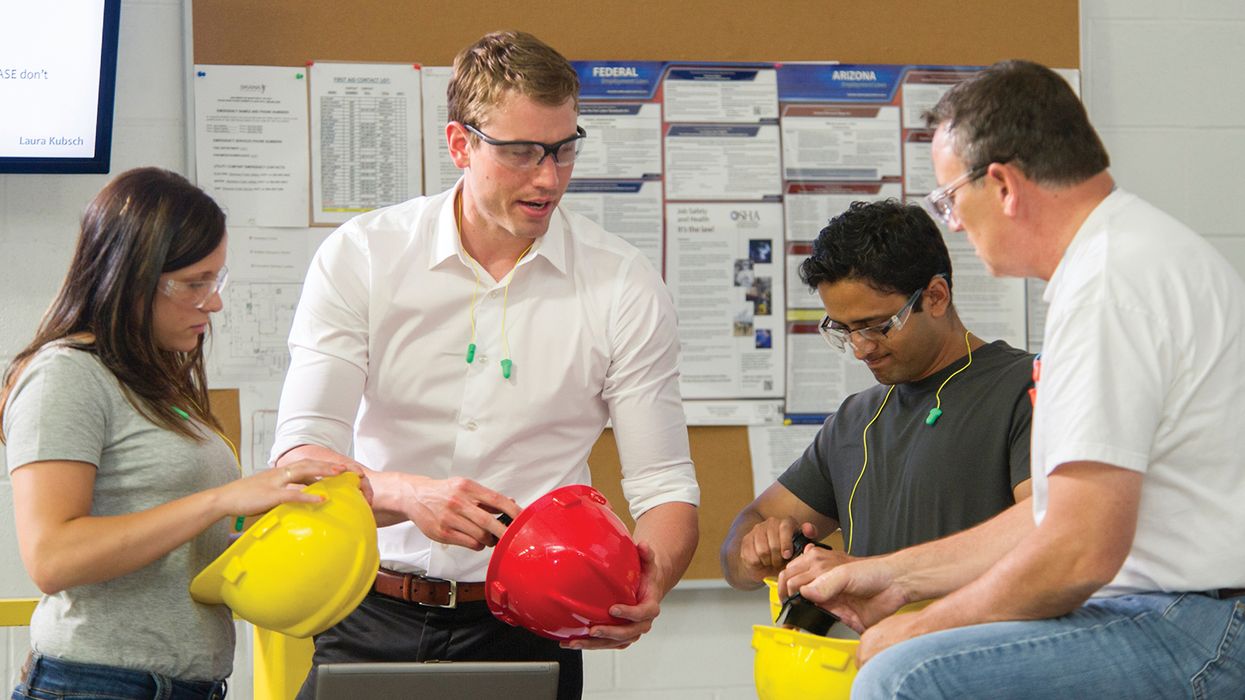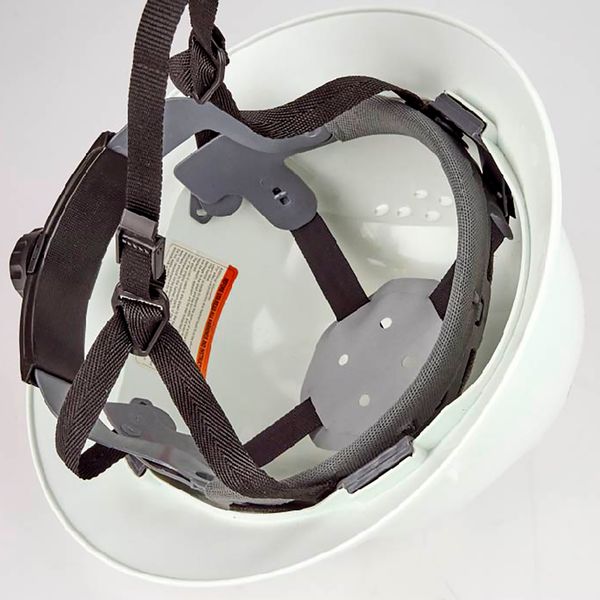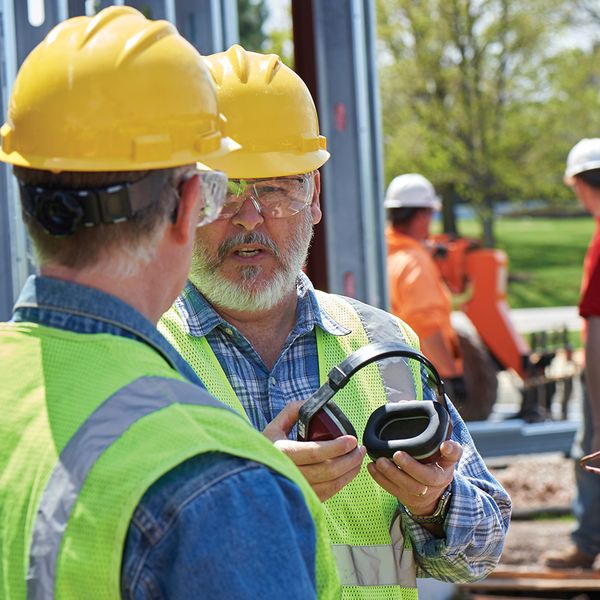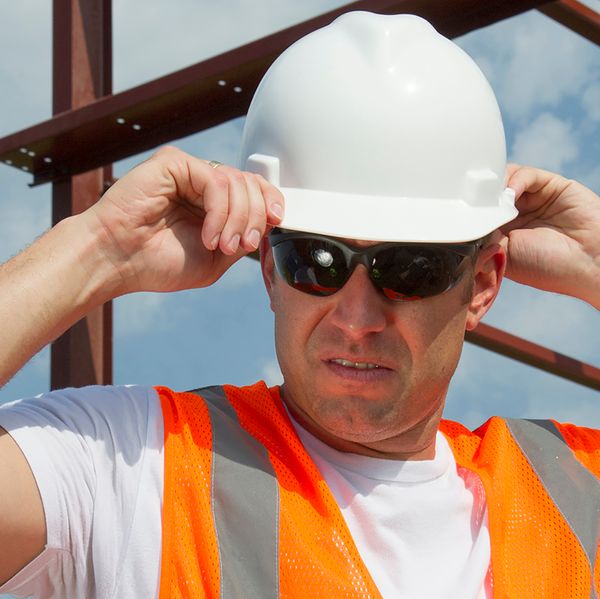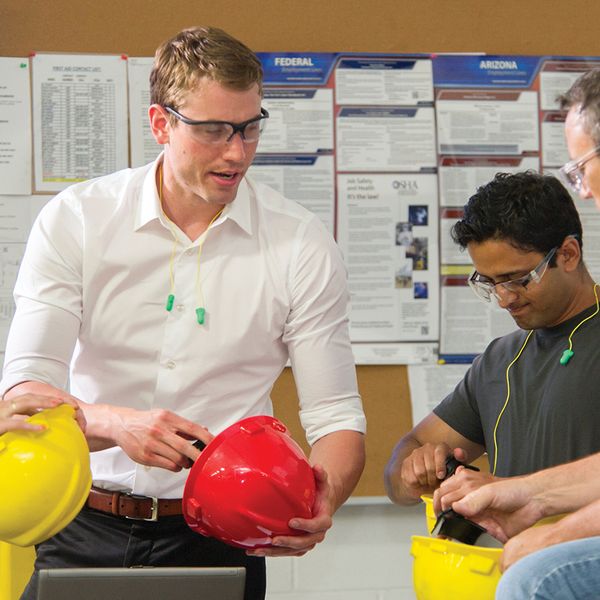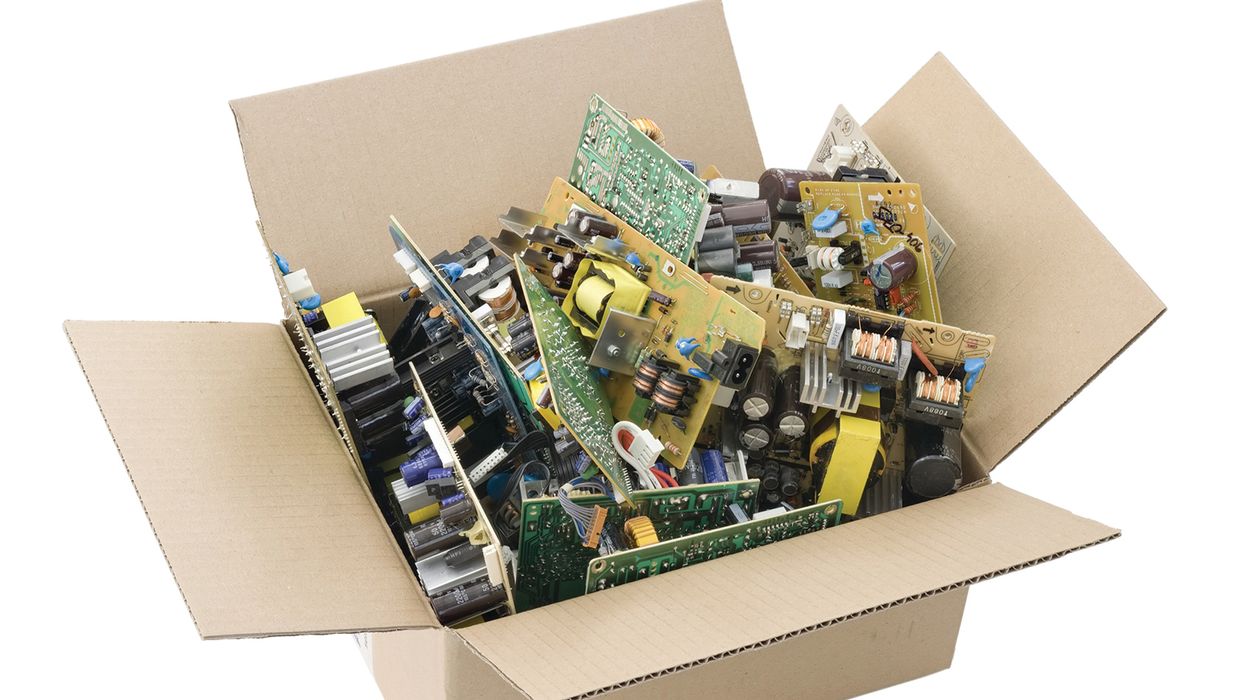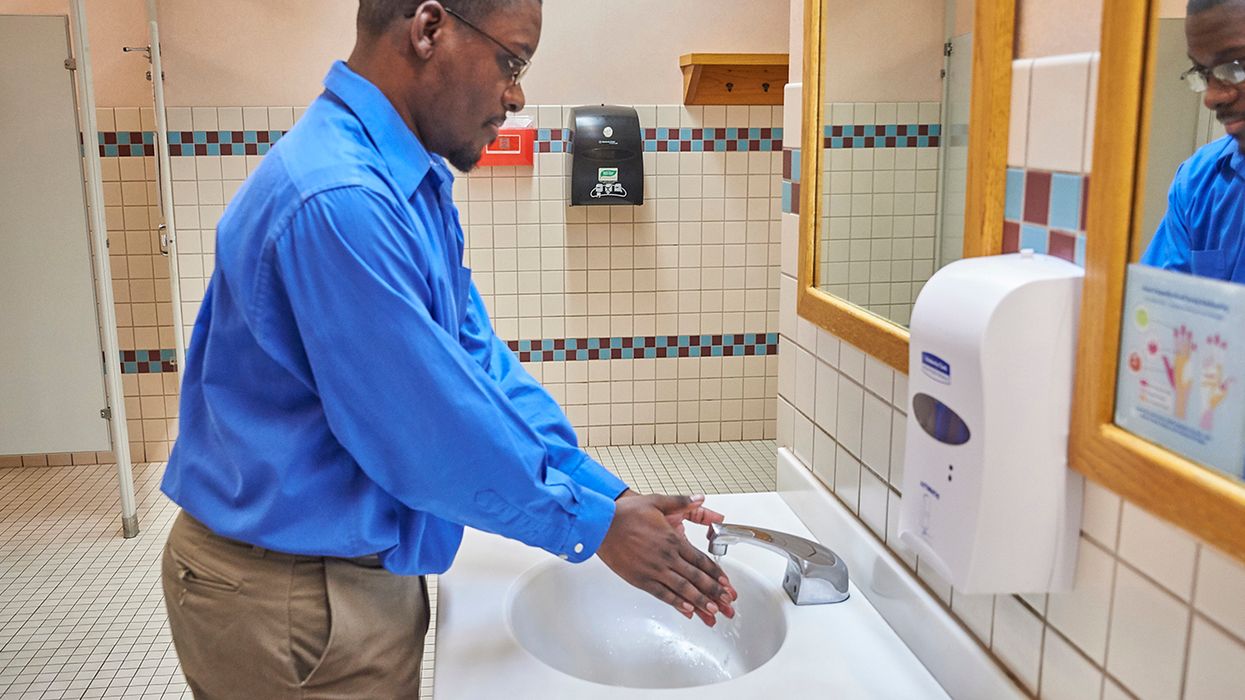Safety Helmets are making headlines!
Did you know OSHA recently issued its first Safety and Health Bulletin (SHIB) in two years that highlights head protection in the workplace? Find out how the agency differentiates between traditional hard hats and safety helmets.
The Bureau of Labor Statistics (BLS) reported 238 fatalities in 2022 because of workers being struck by falling objects or equipment. An additional 95 workers succumbed to injuries from collapsing material, equipment, or structures. Though not every fatality can be avoided by a helmet or hard hat, a worker’s chance for survival is significantly increased by wearing one.
Does the SHIB apply to my industry?
The bulletin applies to any industry that may have the potential for injury from impact, falling or flying objects, or overhead electrical shock and burn hazards within the workplace including:
- Construction,
- Working from heights,
- Electrical,
- Oil and gas,
- Tree trimming,
- Utilities, and
- Specialized industries
What IS the difference between hard hats and safety helmets?
While both are intended to protect the head in hazardous work environments, there are notable differences between traditional hard hats and safety helmets. Hard hats are made of rigid materials (i.e., durable plastic or polyethylene) that provide basic protection for the user. Safety helmets also provide impact resistance but are made of lighter-weight composite materials like fiberglass which helps prevent neck strain.
Newer safety helmets also provide additional features that traditional hard hats may not. These include chin straps, attachments for goggles or face shields, and built in hearing protection.
Which head protection should be used?
OSHA requires in 1910.132(d)(1) that employers assess the workplace for hazards that are present, or likely to be present, that may require the use of PPE, including head protection. Then, choosing between a hard hat or safety helmet depends on the assessment results and also cost, sizing options, and storage capabilities.
In general, employers must ensure head protection:
- Absorbs impact of blows to the head;
- Insulates from electric shocks; and
- Protects the face and nose from falling objects (i.e., bill properly positioned).
Regardless of the type selected, head protection must meet the requirements of 1910.135(b), which include compliance with the following American National Standards Institute (ANSI) standards incorporated by reference in 1910.6:
- Z89.1-2009, “American National Standard for Industrial Head Protection;”
- Z89.1-2003, “American National Standard for Industrial Head Protection;” or
- Z89.1-1997, “American National Standard for Personnel Protection - Protective Headwear for Industrial Workers – Requirements.”
Without proper head protection, even in low-risk environments with overhead hazards, workers are at risk of injury and employers are at risk of severe OSHA citations.
Key to Remember: OSHA 29 CFR 1910.135 requires ANSI Z89.1 approved hard hats or safety helmets for employees that work in areas with the potential for head injury from impact, falling or flying objects, or from electrical shock and burns.

